1. Venom with a Purpose: Medical Marvels
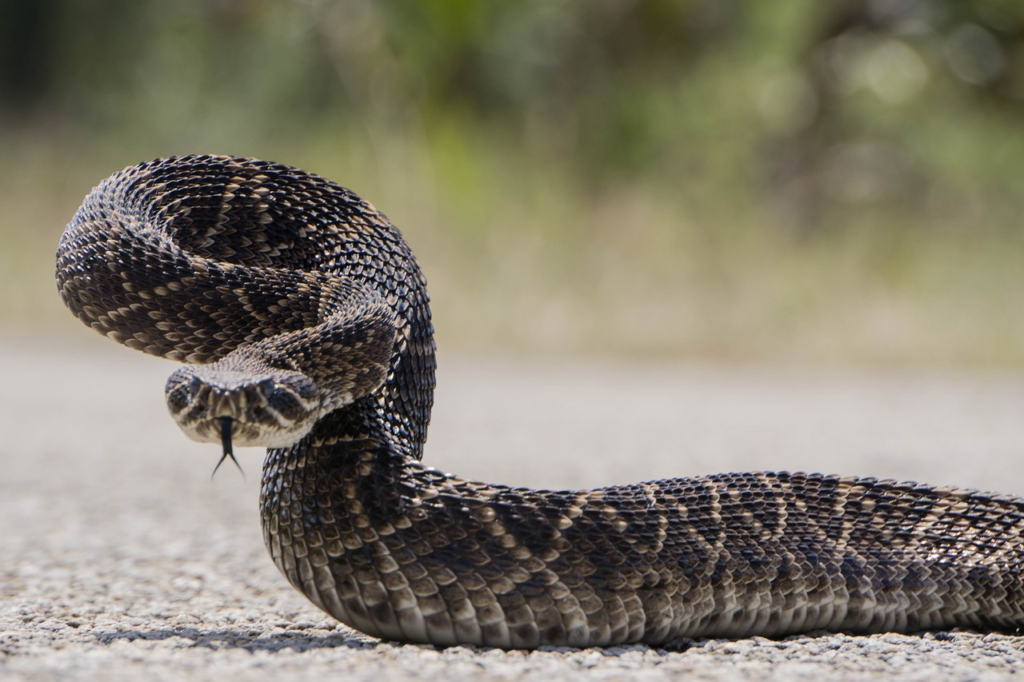
Needpix
When you think of rattlesnakes, life-saving breakthroughs might not be the first thing that comes to mind, but maybe they should be. Rattlesnake venom has been pivotal in developing medications for conditions like high blood pressure, heart attacks, and even blood clotting disorders. Scientists study their venom to unlock secrets about the human body, leading to treatments that save countless lives each year. Beyond just treating diseases, the compounds found in venom are inspiring cutting-edge research into chronic pain relief and cancer therapies. So next time you hear the rattle, consider that this slithering reptile could hold the key to medical advancements. They’re not just scary; they’re surprisingly generous contributors to our well-being, proving that even nature’s most feared creatures have vital roles to play.
2. Dedicated Snake Moms
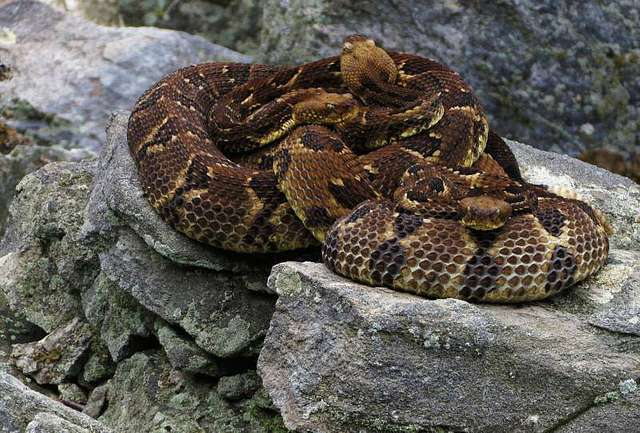
Picryl
It might surprise you to learn that rattlesnakes are actually attentive parents. Female rattlesnakes will stick around after giving birth to protect their babies, known as neonates, from predators. Unlike many reptiles that lay eggs and leave, rattlesnakes give live birth, and the bond doesn’t end there. Mothers often form small family groups and even share dens with other snake families, creating a unique sense of community in the reptile world. During the vulnerable early days, the mother’s presence significantly increases the survival rate of her offspring. For a creature often stereotyped as cold-blooded and emotionless, their parenting instincts are a heartwarming reminder that nurturing isn’t exclusive to warm-blooded species. Their protective behavior shows that even snakes can defy expectations when it comes to family bonds.
3. A Built-in Warning System

Animalia
The iconic rattle isn’t just for drama; it’s a survival tool for both the snake and potential threats. When a rattlesnake shakes its tail, it’s sending a clear message: “Stay back.” This warning system helps avoid unnecessary conflict and injuries for both parties. The rattle itself is an ingenious design, made up of interlocking keratin segments that vibrate to produce the unmistakable sound. It’s nature’s version of a flashing hazard sign, and it works remarkably well—most predators and humans heed the warning and retreat. In a way, rattlesnakes are the diplomats of the animal kingdom, giving you plenty of chances to walk away unscathed. It’s a perfect example of nature’s built-in communication systems designed to keep the peace while showcasing the intelligence and adaptability of these misunderstood creatures.
4. Guardians of Ecosystem Balance

Animalia
Rattlesnakes play an essential role in maintaining healthy ecosystems. As predators, they keep populations of rodents and other small mammals in check. Without them, these populations could explode, leading to crop damage and the spread of diseases like hantavirus. Their predatory habits not only protect agricultural lands but also support biodiversity by preventing any single species from dominating the ecosystem. Interestingly, by controlling pest populations, rattlesnakes indirectly benefit larger animals and even plant life, creating a ripple effect of positive ecological impacts. By simply existing and doing what they do best, rattlesnakes contribute to a balanced environment that benefits all living creatures—including us humans. Appreciating their ecological role helps us understand why their conservation is vital.
5. Misunderstood and Maligned
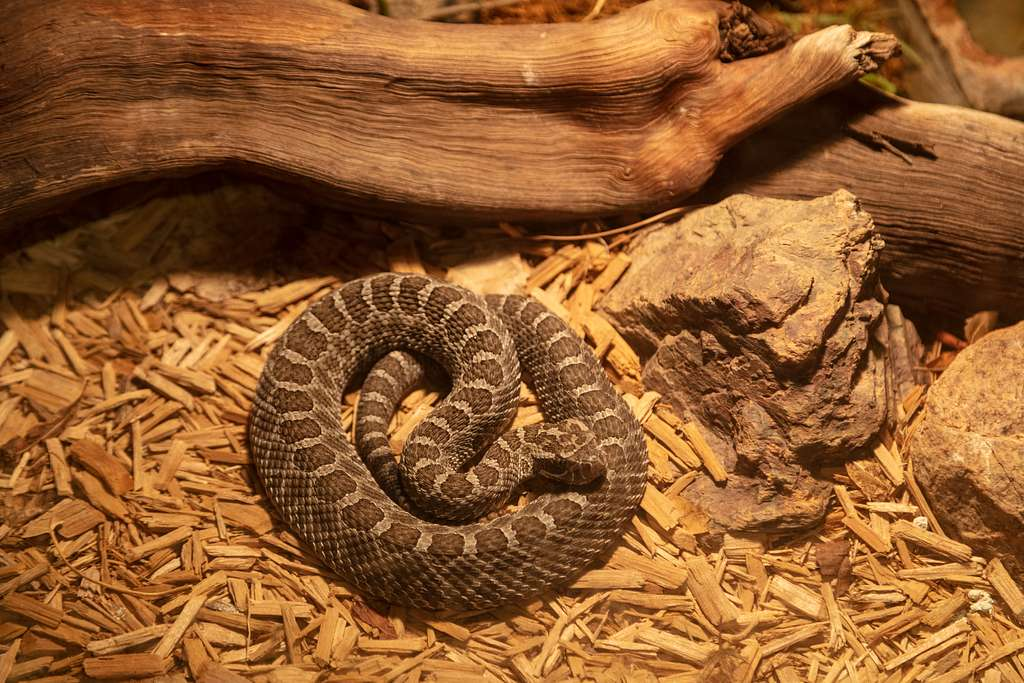
Picryl
Despite their critical roles, rattlesnakes are some of the most misunderstood animals. They’re often painted as aggressive and deadly, but in reality, they’d much rather avoid humans altogether. Most bites occur when people accidentally step on or provoke them, and even then, the majority of bites are dry, meaning no venom is injected. Education about their behavior and habitat can help dispel myths and reduce unnecessary fear. Misrepresentation in media and folklore has done them no favors, perpetuating harmful stereotypes that lead to unwarranted killings. By understanding their true nature, we can replace fear with respect—and save countless rattlesnake lives in the process. These serpents deserve better than their villainous reputation, especially given their importance to ecosystems and human health.
6. Evolution’s Masterpiece

Pexels
Rattlesnakes are a marvel of evolution. Their heat-sensing pits allow them to detect warm-blooded prey even in total darkness, making them highly effective hunters. These specialized organs are so sensitive they can detect temperature changes as small as a fraction of a degree. The rattle itself is a unique adaptation, consisting of interlocking keratin segments that create sound through vibration. Their venom, a complex cocktail of proteins and enzymes, has evolved to efficiently immobilize prey and aid in digestion. These features make rattlesnakes one of nature’s most fascinating success stories, showcasing the beauty and ingenuity of evolutionary design. Their adaptations highlight the incredible ways organisms evolve to survive and thrive in their environments, earning them a place as one of nature’s most finely tuned predators.
7. A Diverse Family of Species

Animalia
Did you know there are over 30 species of rattlesnakes in the Americas? Each species has its own unique adaptations, from the tiny pygmy rattlesnake to the hefty eastern diamondback. Some species prefer arid deserts, while others thrive in dense forests or grasslands. Their diversity reflects the wide range of environments they inhabit, showcasing their resilience and adaptability. Certain species, like the timber rattlesnake, are even considered indicators of ecosystem health, as their presence often signals a balanced and biodiverse habitat. This variety highlights their ecological importance and the need to protect them. By understanding and celebrating their diversity, we can better appreciate their role in maintaining the intricate web of life that surrounds us.
8. Victims of Habitat Loss
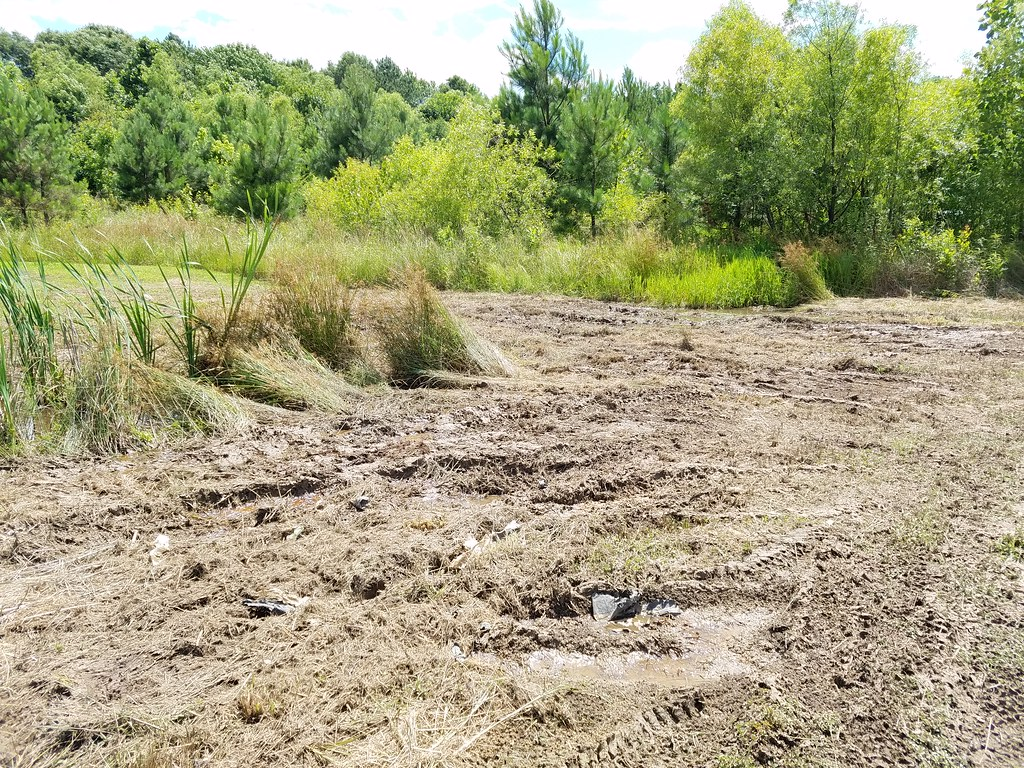
Flickr
Like many animals, rattlesnakes are losing their homes to urban sprawl, agriculture, and climate change. As their habitats shrink, their populations decline, making them more vulnerable to extinction. Habitat fragmentation forces them into closer contact with humans, often with fatal results for the snakes. Conservation efforts focused on preserving their natural environments are crucial not only for the snakes themselves but for the ecosystems that depend on them. Protecting rattlesnakes means protecting biodiversity and the delicate balance of nature. Through initiatives like protected areas and wildlife corridors, we can help ensure that these incredible creatures continue to slither through our landscapes for generations to come.
9. Targeted by Fear

Wikimedia Commons
Human fear has led to widespread killing of rattlesnakes, often unnecessarily. Events like rattlesnake roundups—where snakes are captured and killed in large numbers—highlight the destructive consequences of misunderstanding these creatures. These practices not only harm rattlesnake populations but also disrupt ecosystems. The environmental damage caused by such activities is profound, from reducing natural pest control to destabilizing food webs. Changing public perception through education and awareness is key to ensuring their survival. By replacing fear with knowledge and respect, we can protect rattlesnakes and the vital roles they play in our world. It’s time to move past outdated traditions and embrace coexistence with these fascinating reptiles.
10. Rattlesnake Antivenom: A Lifesaver
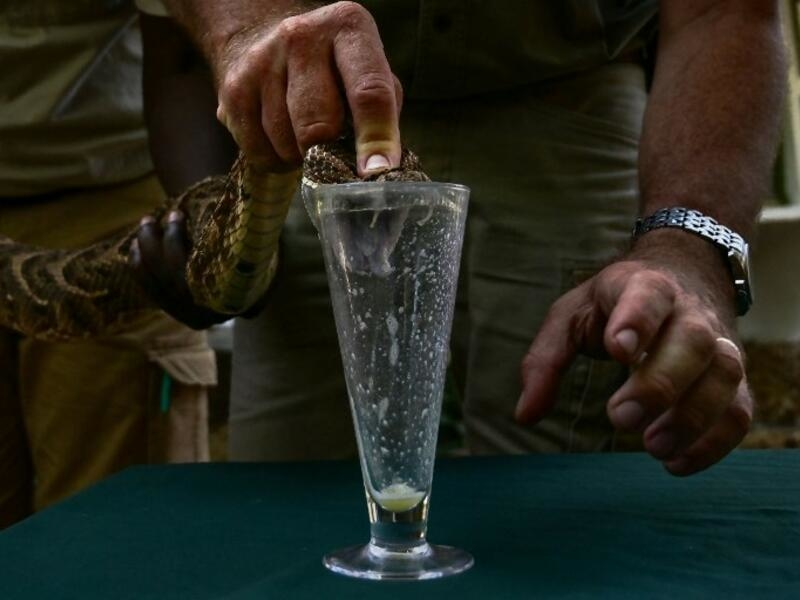
FMT
While their venom can be deadly, it’s also the source of antivenom that saves countless lives each year. Antivenom is made by harvesting venom and using it to create antibodies that neutralize its effects. This life-saving treatment wouldn’t be possible without rattlesnakes, further emphasizing their value to human health and safety. In a way, they’re helping to undo the damage their bite can cause. Beyond antivenom, their venom has inspired new treatments for conditions like chronic pain and neurological disorders. By studying rattlesnakes, scientists are unlocking medical advancements that benefit humanity. These contributions remind us that even feared creatures can be invaluable allies in the fight against disease.
11. Symbols of Strength and Resilience
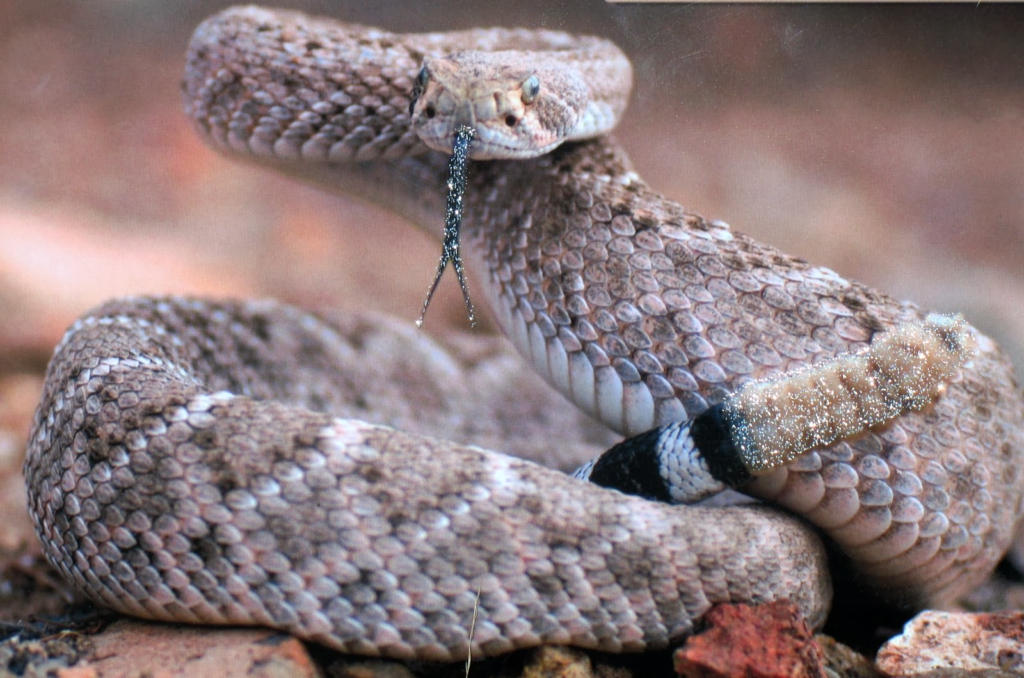
Wikimedia Commons
Rattlesnakes have been cultural symbols for centuries. Indigenous peoples of the Americas often revered them as powerful totems, representing strength, resilience, and transformation. Their ability to shed their skin and emerge renewed makes them a potent symbol of rebirth and renewal. Even today, rattlesnakes appear in art, literature, and military insignias, reminding us of their enduring impact on human culture. For example, the rattlesnake featured on the Gadsden flag symbolizes independence and vigilance. These cultural representations highlight the deep connection between humans and these enigmatic reptiles, underscoring the importance of preserving their legacy for future generations.
12. Non-Aggressive by Nature
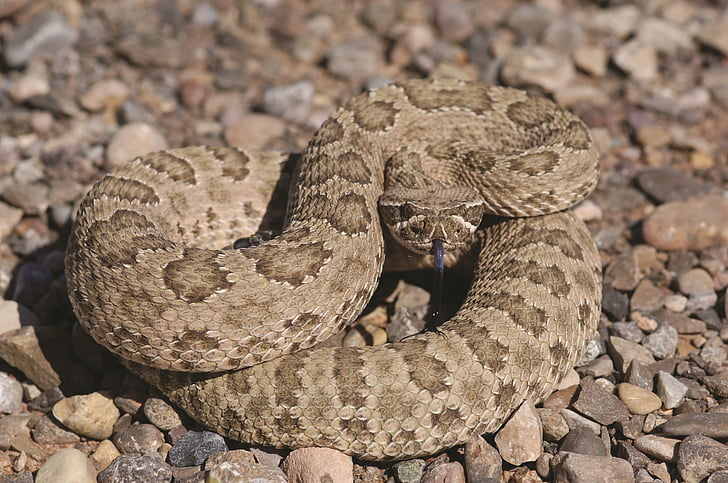
PickPik
Contrary to popular belief, rattlesnakes aren’t out to get you. They’re defensive creatures that only strike when they feel threatened. Their first line of defense is always to warn and retreat, not attack. When given space and respect, they are content to go about their business without incident. Understanding their behavior can go a long way in reducing unnecessary encounters and fostering coexistence. Their reluctance to engage with humans highlights their non-aggressive nature, challenging the fear-driven myths that surround them. By learning to coexist peacefully, we can appreciate their ecological value and allow them to thrive in their natural habitats.
13. A Declining Legacy

Pexels
Rattlesnakes are facing significant population declines due to human activity. From road mortality to intentional killings, their numbers are dwindling at an alarming rate. The loss of rattlesnakes doesn’t just mean fewer snakes—it’s a blow to the ecosystems they help balance. Conservation organizations are working to raise awareness about their plight, but they need public support to make a difference. Saving rattlesnakes isn’t just about preserving a species—it’s about maintaining the balance of our natural world. By supporting conservation efforts, we can ensure that these remarkable reptiles continue to play their crucial roles in nature.
14. They’re More Afraid of You
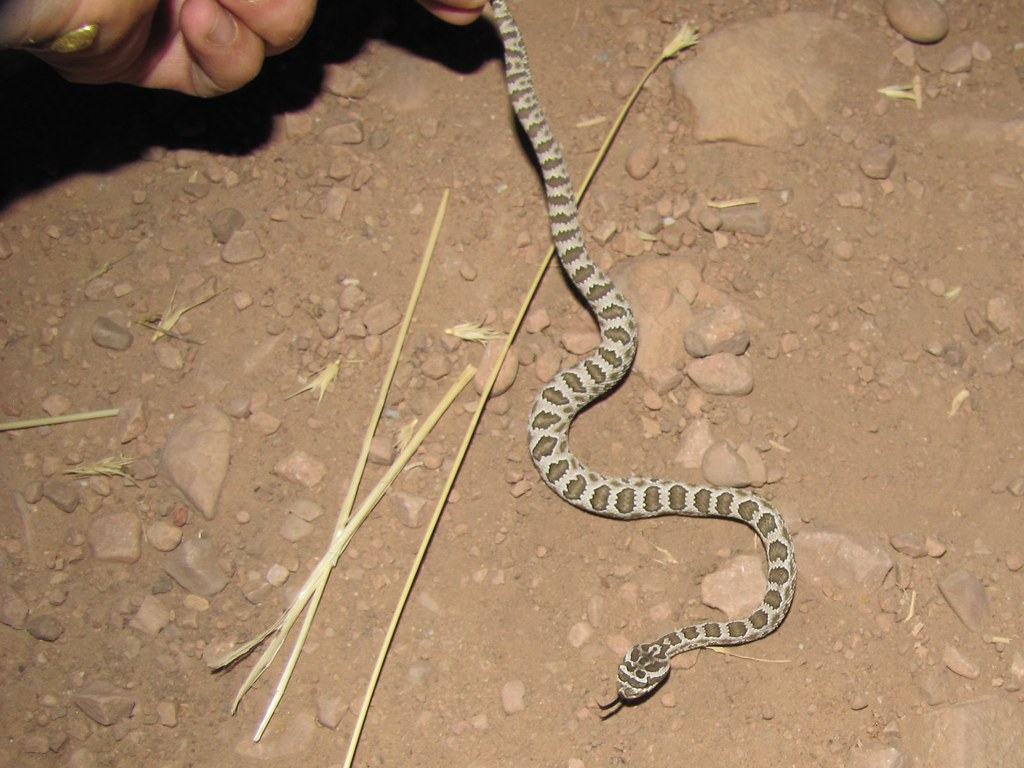
Flickr
It’s a cliché, but it’s true: rattlesnakes are far more afraid of humans than we are of them. Their instinct is to avoid confrontation, and they’ll often go to great lengths to stay out of our way. When encountered, their first response is typically to freeze or retreat rather than strike. By giving them space and respecting their habitat, we can coexist peacefully with these remarkable creatures. This mutual avoidance is a testament to their non-confrontational nature and a reminder that most conflicts with wildlife can be avoided with awareness and respect.
15. Time to Give Them a Break

Flickr
In the end, rattlesnakes deserve a little compassion. They’re not the villains they’re often made out to be. They’re vital contributors to our ecosystems, medical heroes in disguise, and surprisingly attentive parents. By learning to appreciate their role in the natural world, we can move beyond fear and work toward coexistence. Maybe it’s time to give rattlesnakes the break they’ve more than earned. Educating ourselves and others about their importance is the first step toward ensuring their survival. Let’s embrace their unique beauty and recognize the irreplaceable roles they play in our world.


